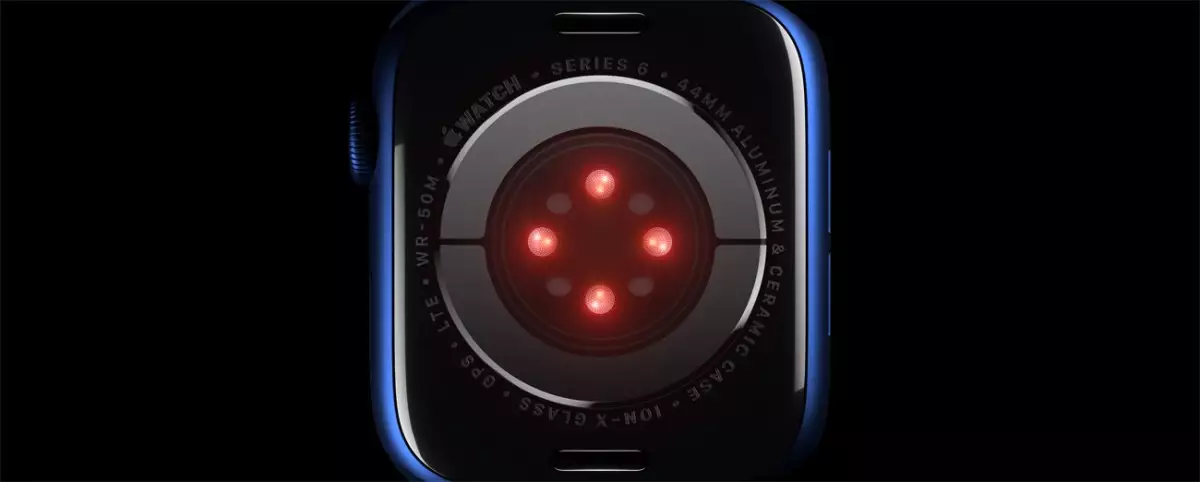Apple’s announcement of the new Series 10 smartwatch at the iPhone 16 event brought in several new health features. However, one significant omission from the U.S. models is the blood oxygen feature, which was introduced with the Series 6 device. This absence is due to Apple’s ongoing patent dispute with medical device company Masimo, which forced the tech giant to disable the feature on Series 9 and Ultra 2 watches last year.
The exclusion of the blood oxygen feature from Series 10 models sold in the U.S. is a significant blow, considering Apple’s emphasis on health features as a core element of its wearable technology. This move highlights the impact of legal battles on product development and consumer experience, as users in the U.S. will not have access to a feature that is available in other global markets for the same smartwatch.
It remains unclear whether the removal of the blood oxygen feature from Series 10 watches in the U.S. was a hardware modification or if it was simply disabled through software. Apple has not provided specific details on this aspect, leaving room for speculation until teardown experts analyze the smartwatch. If it turns out to be a hardware limitation, it would suggest that Apple had to create different models for various markets, adding complexity to its product line.
Apple’s legal battle with Masimo has been ongoing, with the dispute influencing the availability of certain health features on its smartwatches. While the blood oxygen feature may be missing in U.S. Series 10 models, the company did announce new health features, such as sleep apnea detection, that will be available globally. This demonstrates Apple’s commitment to innovation in health technology despite legal challenges.
The absence of the blood oxygen feature on Apple Watch Series 10 models sold in the U.S. underscores the impact of patent disputes on product development and consumer accessibility. While Apple continues to push boundaries in health technology with new innovations, legal hurdles can still impede the rollout of certain features to a wider audience. As technology companies navigate complex intellectual property issues, it is essential to strike a balance between innovation and legal compliance to deliver value to consumers worldwide.

